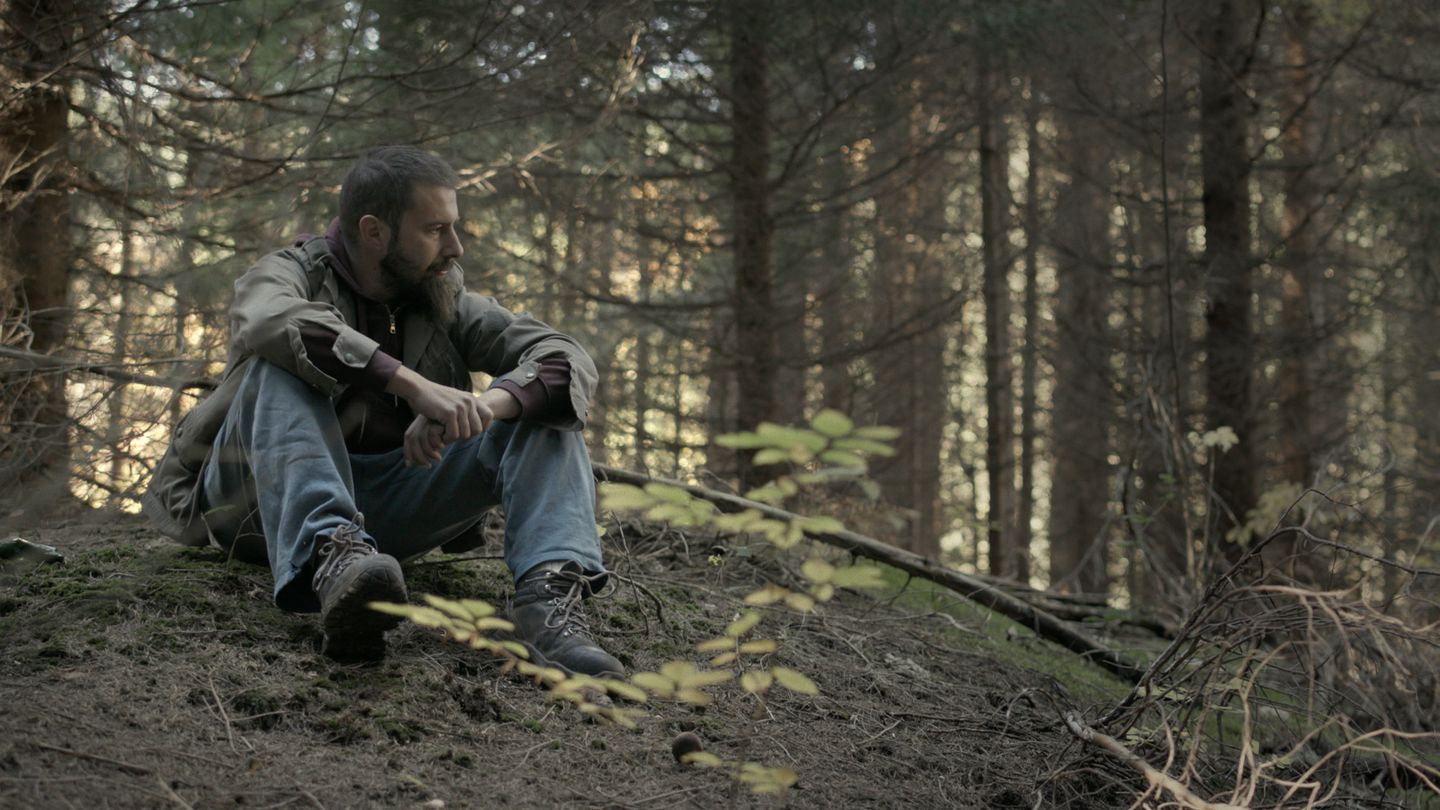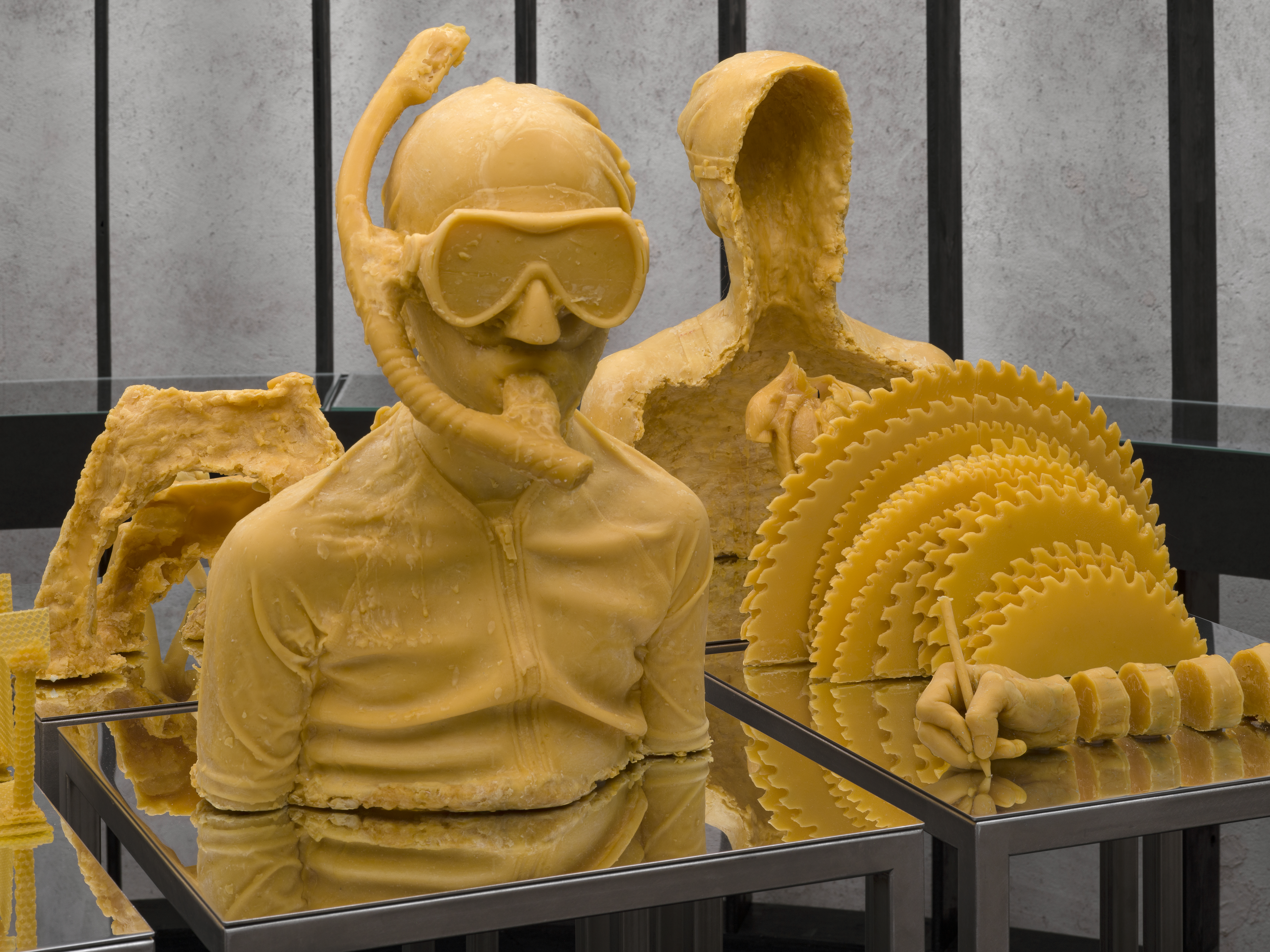
A bird that sings in the shower
This rotund and bibbed bird is the only songbird that swims. It even flies through waterfalls! To thrive, the dipper needs fresh, clean waterways with safe and quiet nesting areas.
Named “Bird of the Year” by BirdLife SwitzerlandExternal link in 2017, the European – or white-throated – dipper dives into streams and rivers to find food such as insect larvae. It can stay underwater for up to 15 seconds before surfacing, taking a breath, and heading back underwater.
The dipper has ample downy feathers and is highly waterproof thanks its extra-large uropygium gland, which secretes an oil that the bird uses for preening. Its tail is fairly short.
BirdLife Switzerland chose the dipper as “Bird of the Year”External link because it’s a “perfect ambassador” to promote natural waterways – also in settlements.
“It’s easily possible to plan streams and rivers in settled areas so that they meet the needs of both humans and nature,” according to Christa Glauser, deputy managing director of BirdLife Switzerland. Man-made efforts to “calm down” sections of waterways can benefit the dipper as well as other animals. And because dippers like to nest near the water, they appreciate birdhouses sheltered by bridges.
Length: 18cm
Food source: Snails, shrimp and insect larvae
Breeding: In early March, females lay 5-6 eggs, which hatch after 16 days. When they’re six weeks old, dippers search for their own homes.
Where to find: Near flowing water, from the lowlands up to 2,500m over sea level
Conservation status: Least concern




























You can find an overview of ongoing debates with our journalists here . Please join us!
If you want to start a conversation about a topic raised in this article or want to report factual errors, email us at english@swissinfo.ch.